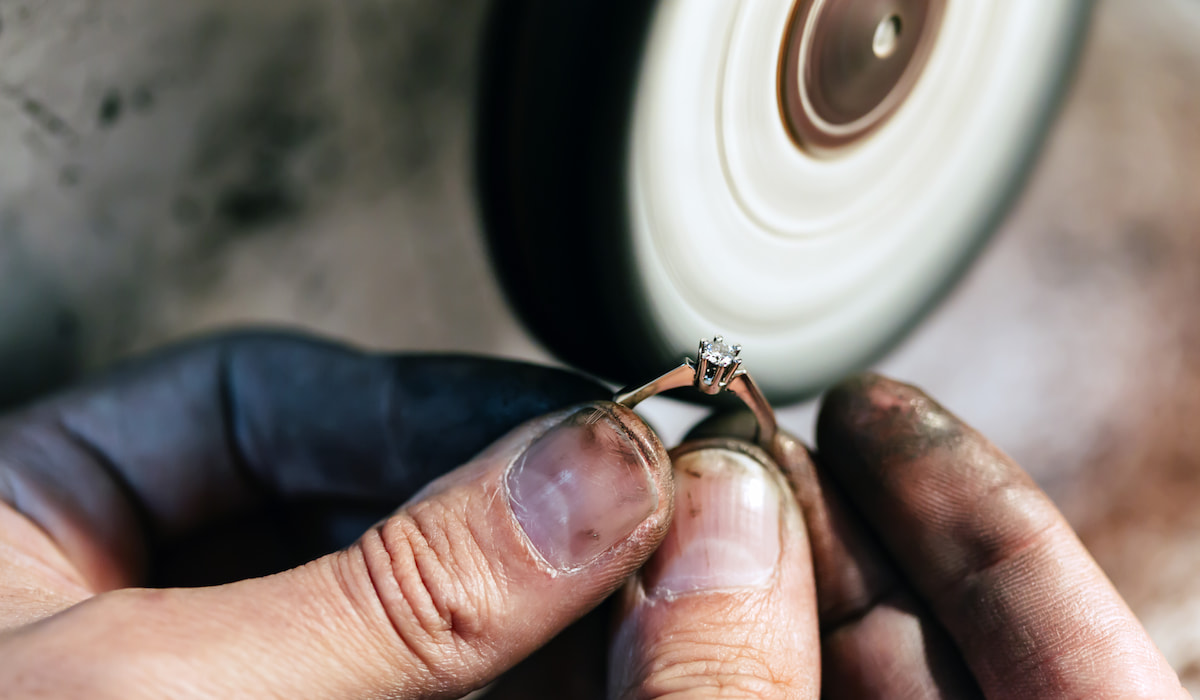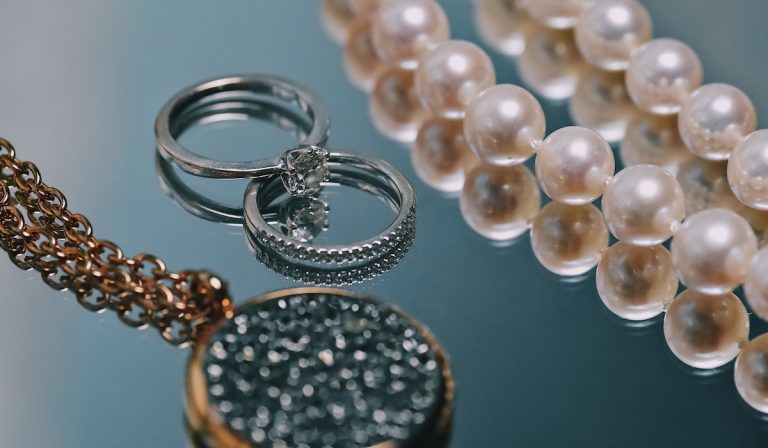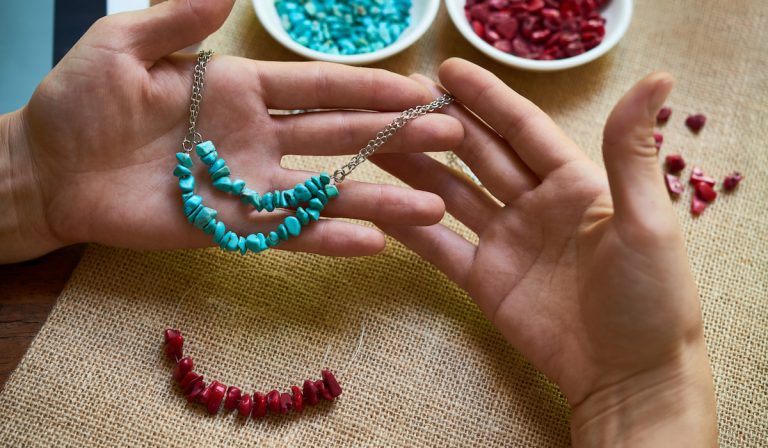Does Polishing Old Silver Decrease Value? — 6 Myths Debunked
The internet abounds with various methods for cleaning old silver. And while some of these methods are effective, should you really be using them on your antique silverware? Will the value of your old silver remain the same after polishing it?
Does polishing old silver decrease value?
Polishing old silver can decrease its value. Unfortunately, in trying to elevate the physical appearance of antique silver, some polishing methods knock off certain valuable features. Of course, when this happens, the value of the old silver decreases.
Below, we go over various myths you may have heard about silver and debunk them accordingly. We also give further explanation as to why polishing can decrease the value of old silver.

Does Polishing Old Silver Decrease its Value?
Polishing old silver can decrease its value.
Patina is a type of tarnish; it accumulates on silver over time through oxidation. As expected, fresh silver pieces typically have no tarnish. But antique pieces would have significant patina.
Therefore, removing patina from old silver is like taking away its antiquity – its identity, what makes it antique.
Of course, it would lose its value.
Patina is a part of the value of antique silver. However, some silver polishing methods (especially the common ones) scrape patina off old silver. Consequently, the piece becomes less valuable than it should actually be.
While polishing can decrease the value of old silver, this is not always the case. Professional silver polishers can polish old silver while retaining the patina.
6 Myths About Silver Debunked
Silver Polish Is the Only Substance That Can Remove Tarnish
Silver polish is not the only substance that can remove tarnish. While silver polish is specifically made for cleaning silver, many domestic items can help remove tarnish too.
You can remove tarnish using the following combinations:
- Baking soda and aluminum foil
- Detergent
- Vinegar
- Lemon and salt bath
- Hand sanitizer
- Ketchup
- Toothpaste
Silver Jewelry Turns Black Readily
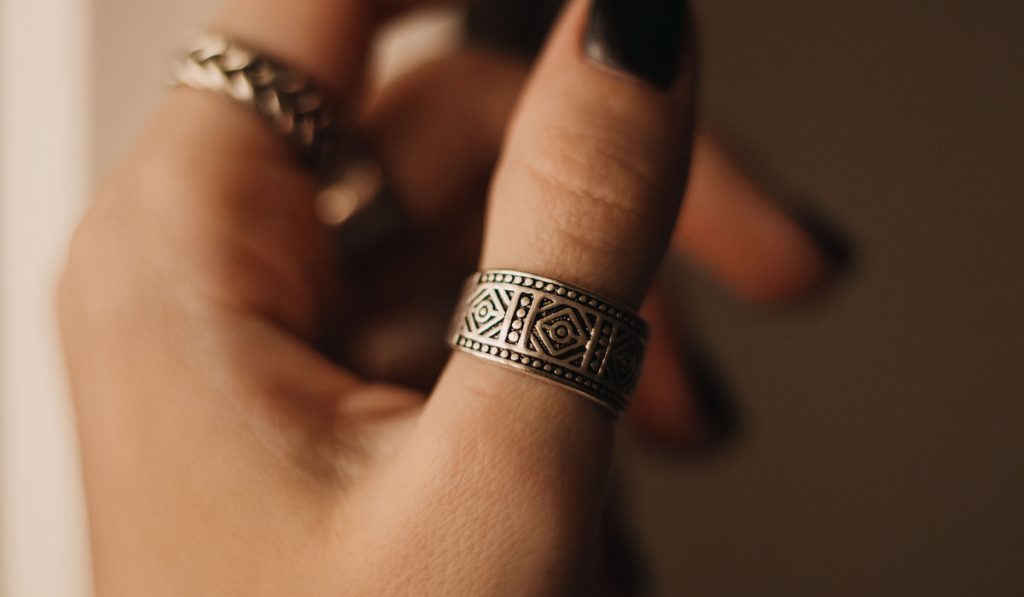
The darkening of silver jewelry has been overstated to seem like silver turns black pretty fast. However, this is not always true. In fact, when used and stored correctly, silver will maintain its shimmer for a long time.
Silver is not resistant to oxidation. So, it will eventually accumulate tarnish. However, this process occurs over a long period.
Aluminum Foil Must Be Shiny Side Up When Polishing Silver
Aluminum foil is typically used alongside baking soda and hot water to remove tarnish from silver. This combination employs electrolysis instead of abrasion in removing tarnish. So, silver itself is not removed during the polishing process.
Some people think that you must place the shiny side of aluminum foil up while polishing through the polishing method stated above. However, this is not true.
The dull side and the shiny side of aluminum foil have the same chemical and physical properties. So, they will play the same role in the electrolytic action that removes tarnish.
Pure Silver Is the Same as Sterling Silver
Pure silver is not the same as sterling silver.
Alone, pure silver is too soft for use in jewelry. So, to increase its solidity and durability, it is typically combined with harder metals to produce alloys. One such alloy of pure silver is sterling silver.
By mass, sterling silver contains 92.5% silver alongside 7.5% of hard, alloying metal. Typically, the alloying metal used in sterling silver is copper. However, metals like platinum, zinc, and boron may also be used.
Pure silver (also known as fine silver), on the other hand, contains 99.9% silver – the highest purity achievable.
Other silver alloys exist besides sterling silver. Some of them include Britannia silver, coin silver, and Argentium sterling silver.
Silver Has Always Been a Low-Value Metal
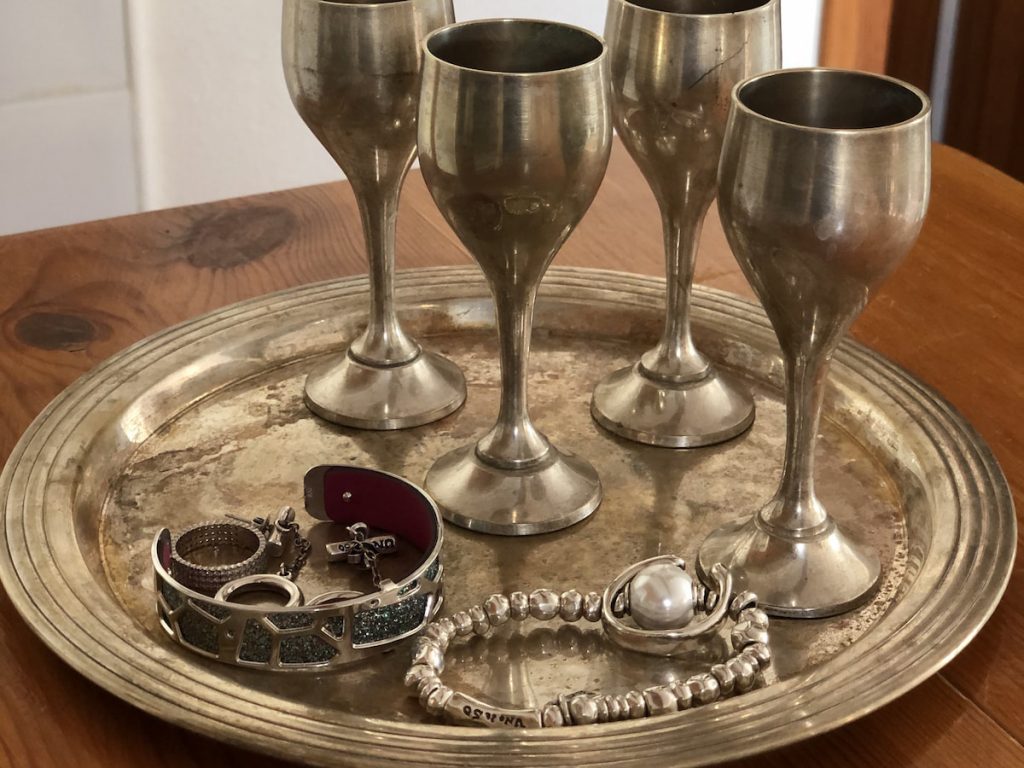
In recent times, the value of silver is typically far off the cost of gold. And this makes people think that silver has always had a low value. However, this is not true; silver has not always been a low-value metal.
At one point, silver was the second most valuable precious metal after gold. Alongside gold, silver was widely used as a currency in the past. So, its value has not been historically low.
Some of the factors that have affected the price of silver in modern times are demand, market liquidity, inflation, and supply. These factors are not stable for silver. So, many times the value of silver is volatile.
Silver Does Not Trigger Allergy
Pure silver (fine silver) is typically hypoallergenic. Therefore, it is very much unlikely to trigger an allergic reaction. Of course, this is not surprising; pure silver contains a tiny amount of impurities, and they may not be detected by the body.
Silver alloys, on the other hand, contain significant amounts of metals like nickel and copper. So, someone allergic to those alloying metals can react to jewelry made with such silver alloys.
Resources
- https://blog.ha.com/how-to-clean-and-polish-silver-the-heritage-way
- https://tskies.com/the-price-of-patina
- https://www.quora.com/If-I-have-silver-antiques-should-I-remove-the-tarnish-to-increase-their-value-and-appeal
- https://azrust.com/rust-vs-tarnish-vs-patina
- https://www.realsimple.com/home-organizing/cleaning/cleaning-myths
- https://www.indiatoday.in/information/story/how-to-clean-silver-items-at-home-7-different-methods
- https://www.mensjewelrystore.com/4-Myths-About-Silver-Jewelry
- https://www.everbritecoatings.com/how-to-clean-silver
- https://bellatory.com/fashion-accessories/Science-v-Myth-Cleaning-Silver-with-Everyday-Home-Products
- https://www.jewelrynotes.com/sterling-silver-vs-pure-silver-what-is-the-difference
- https://www.oxfordgoldgroup.com/articles/why-is-silver-so-cheap
- https://www.jewelryshoppingguide.com/is-sterling-silver-hypoallergenic

